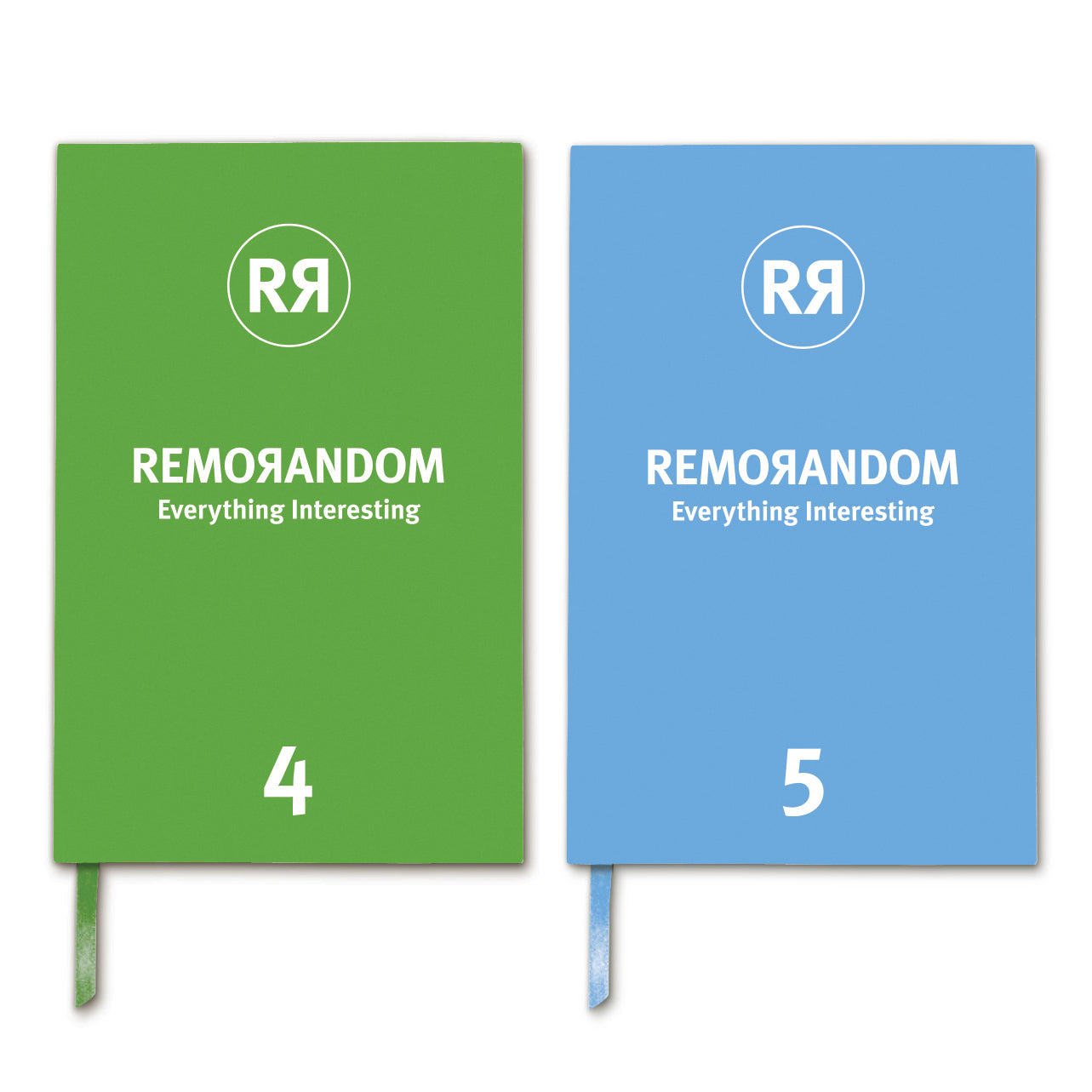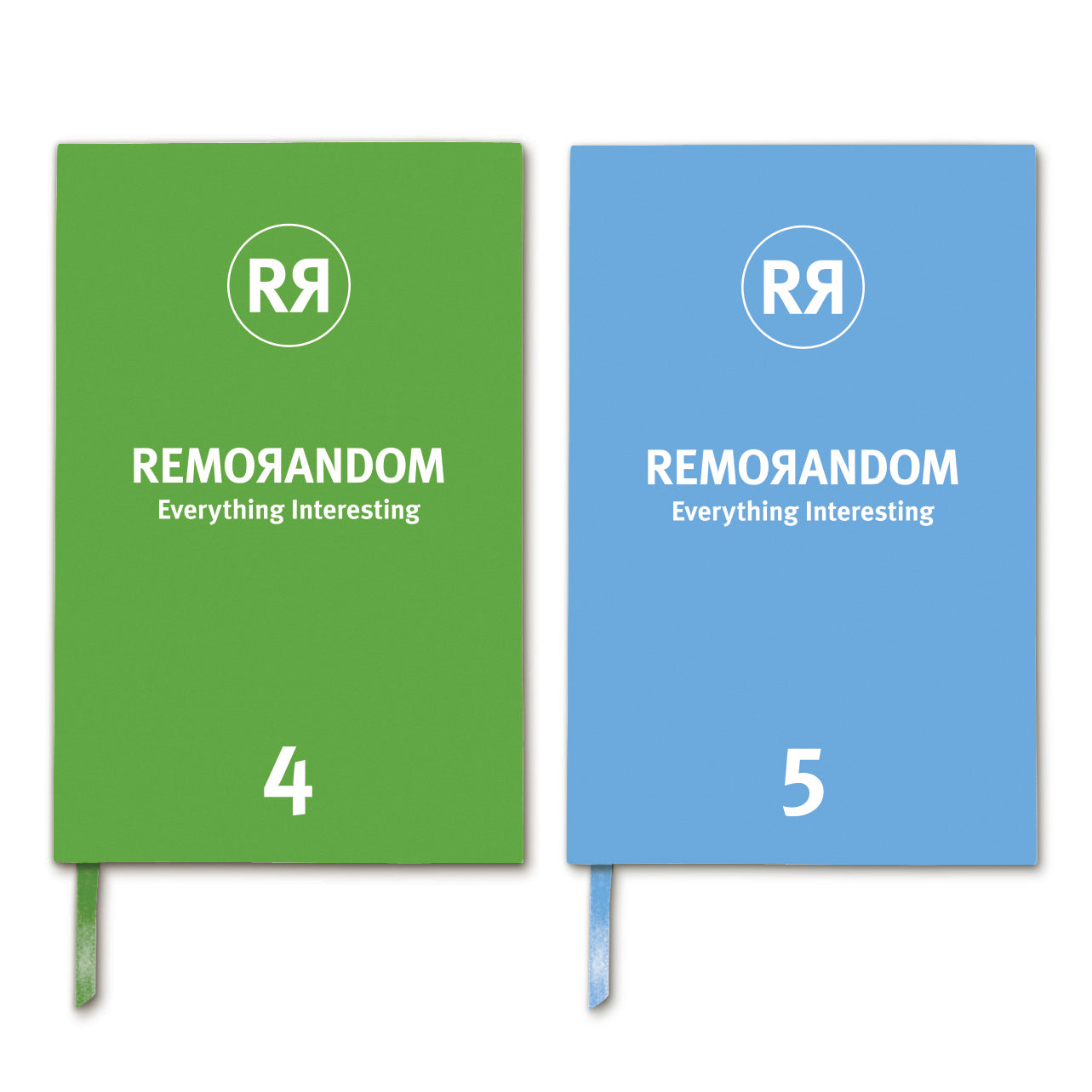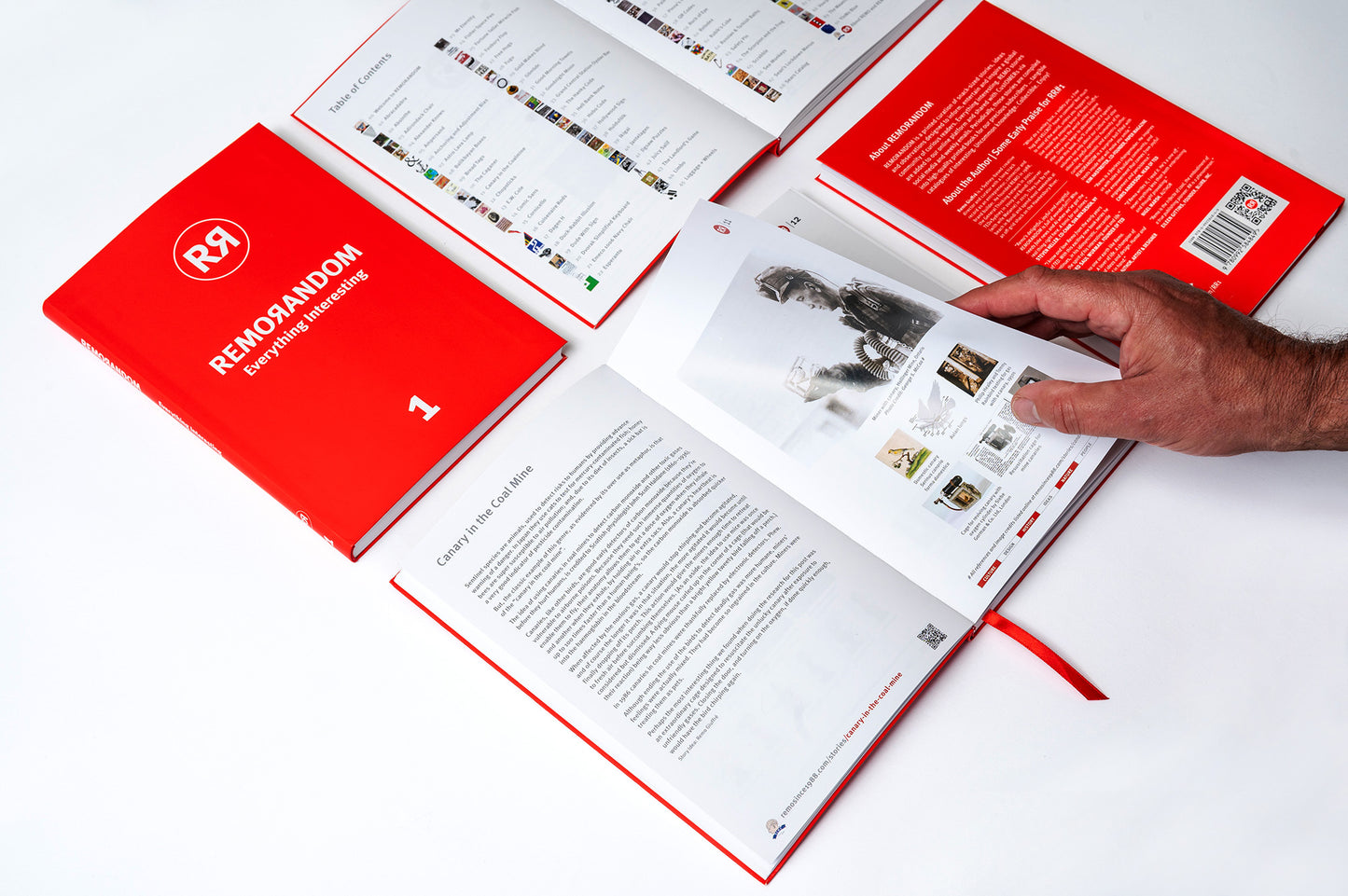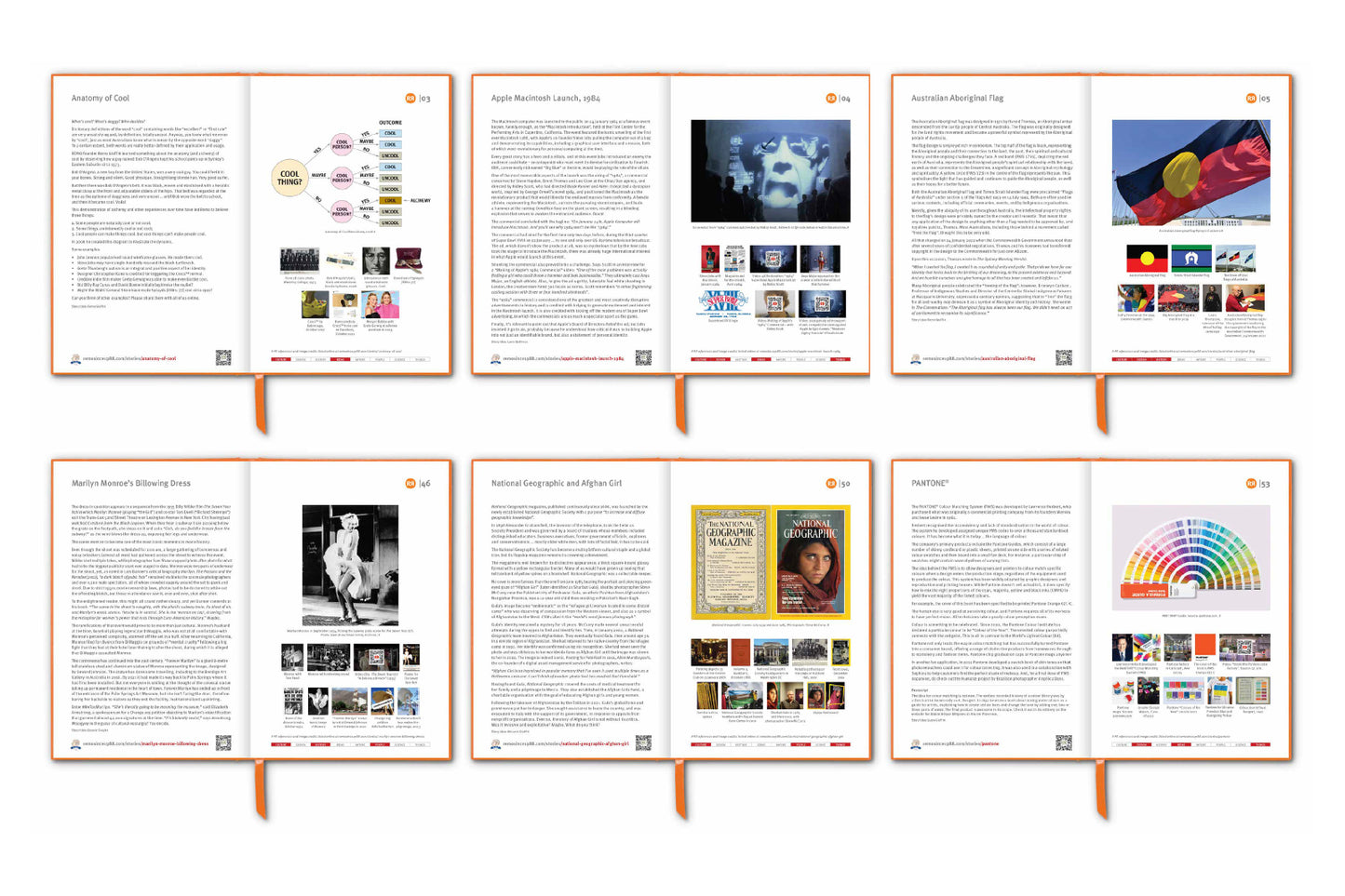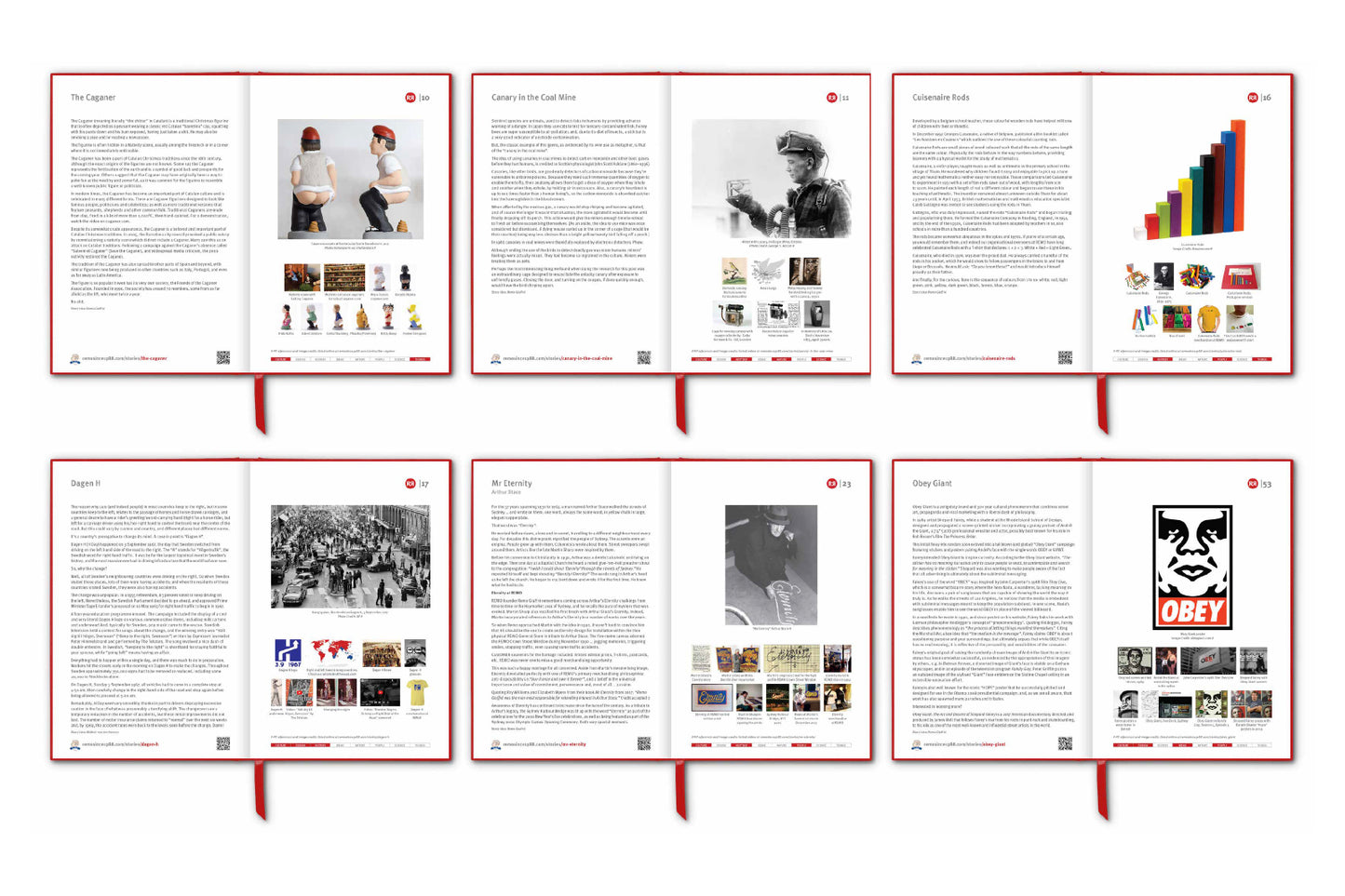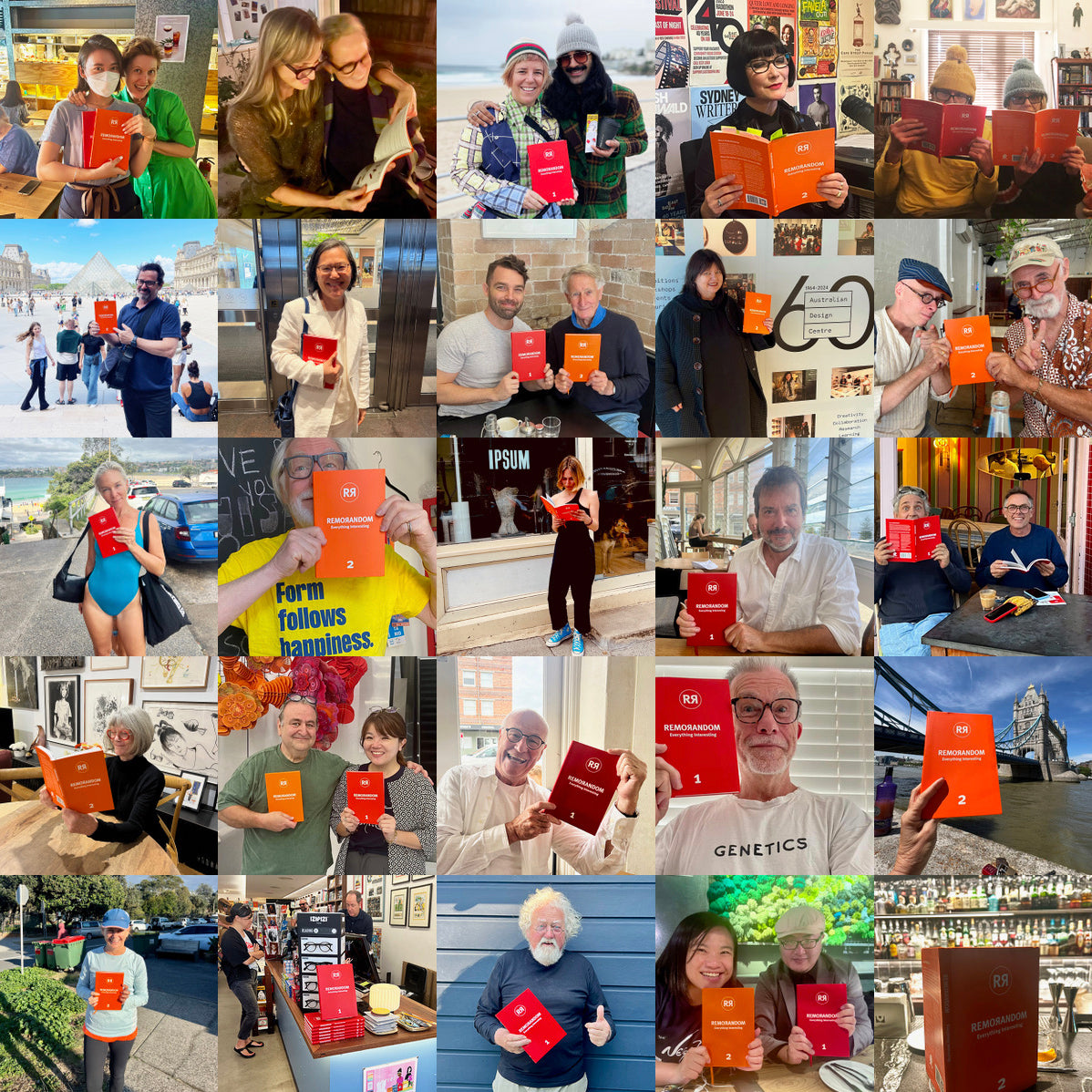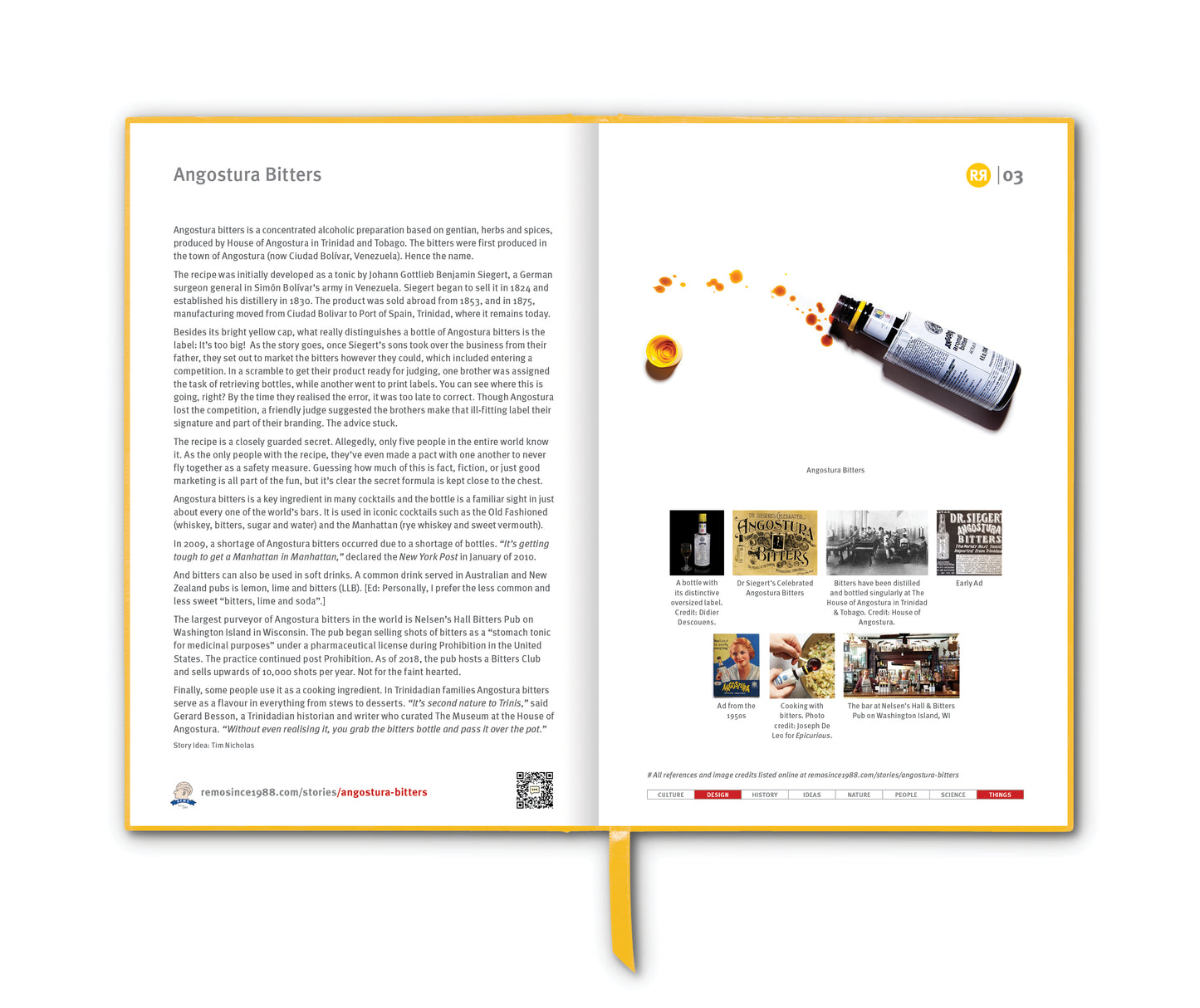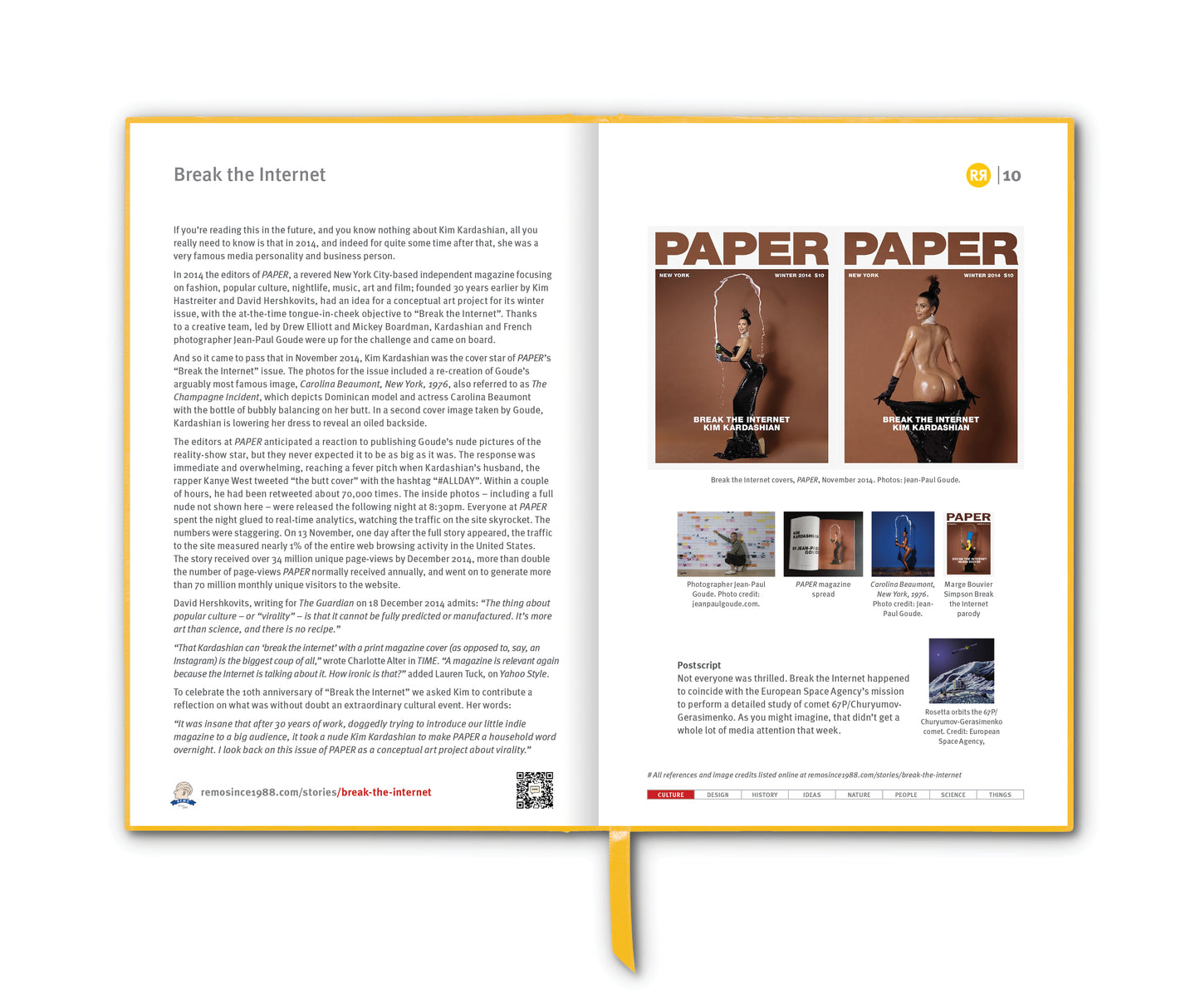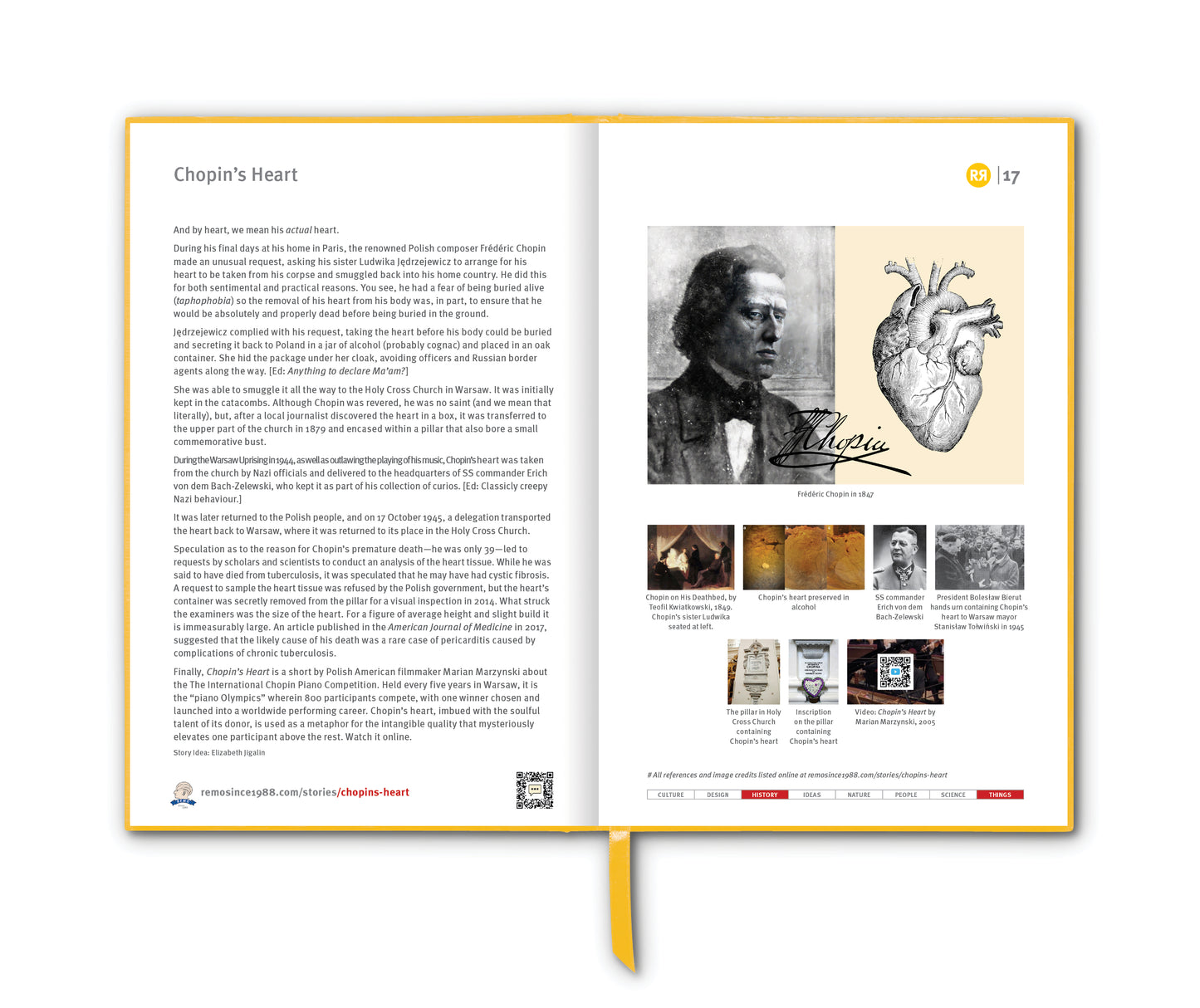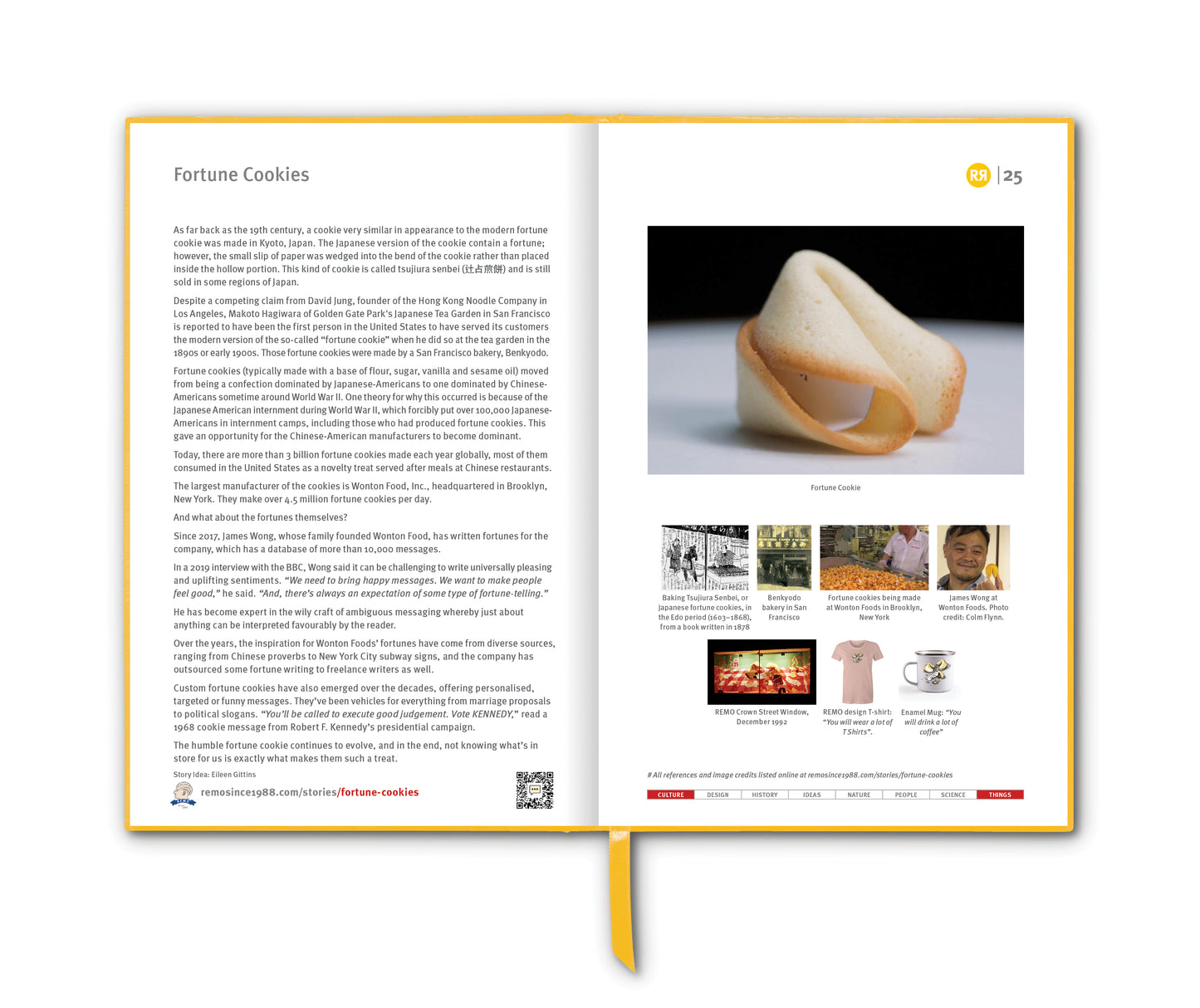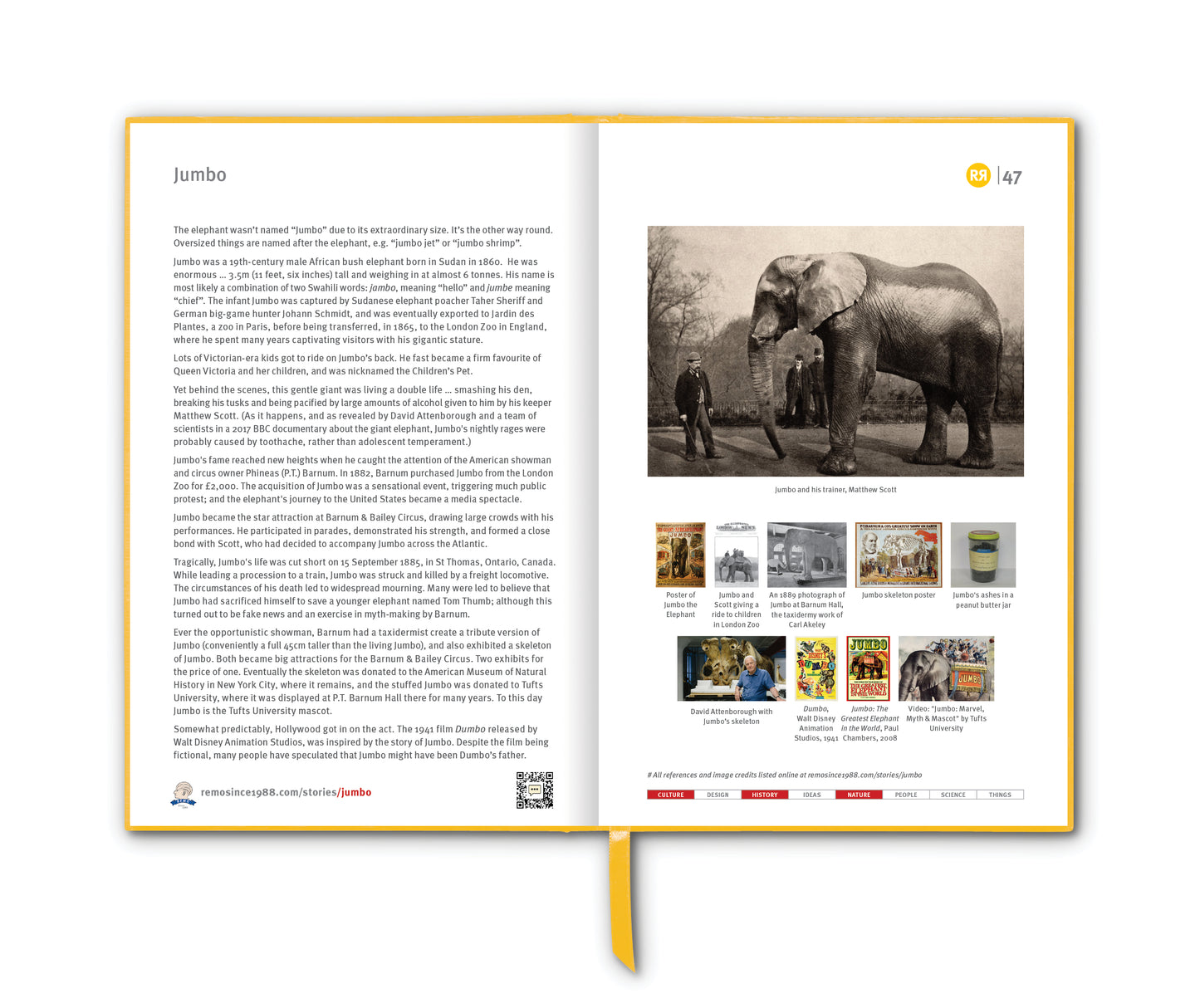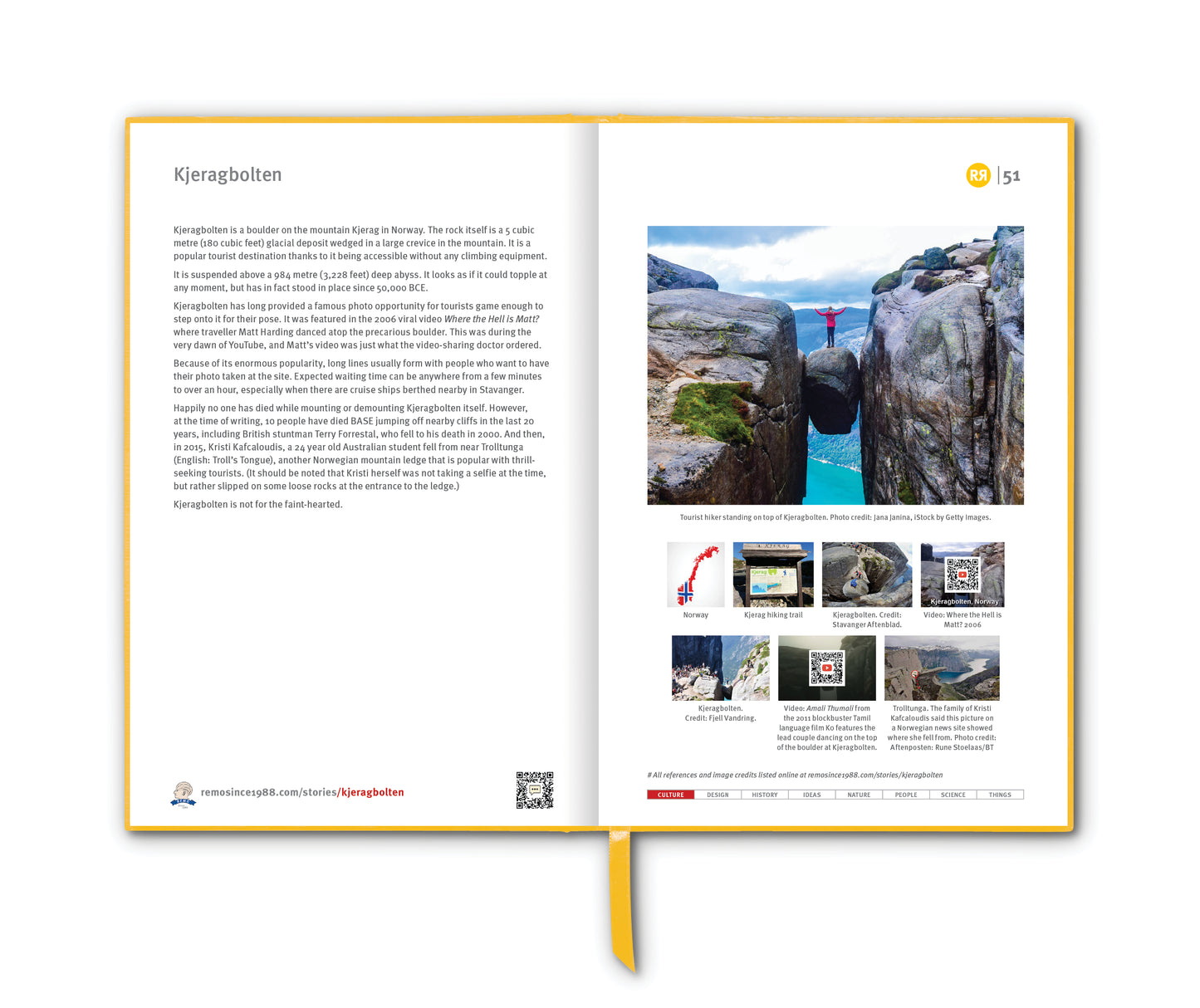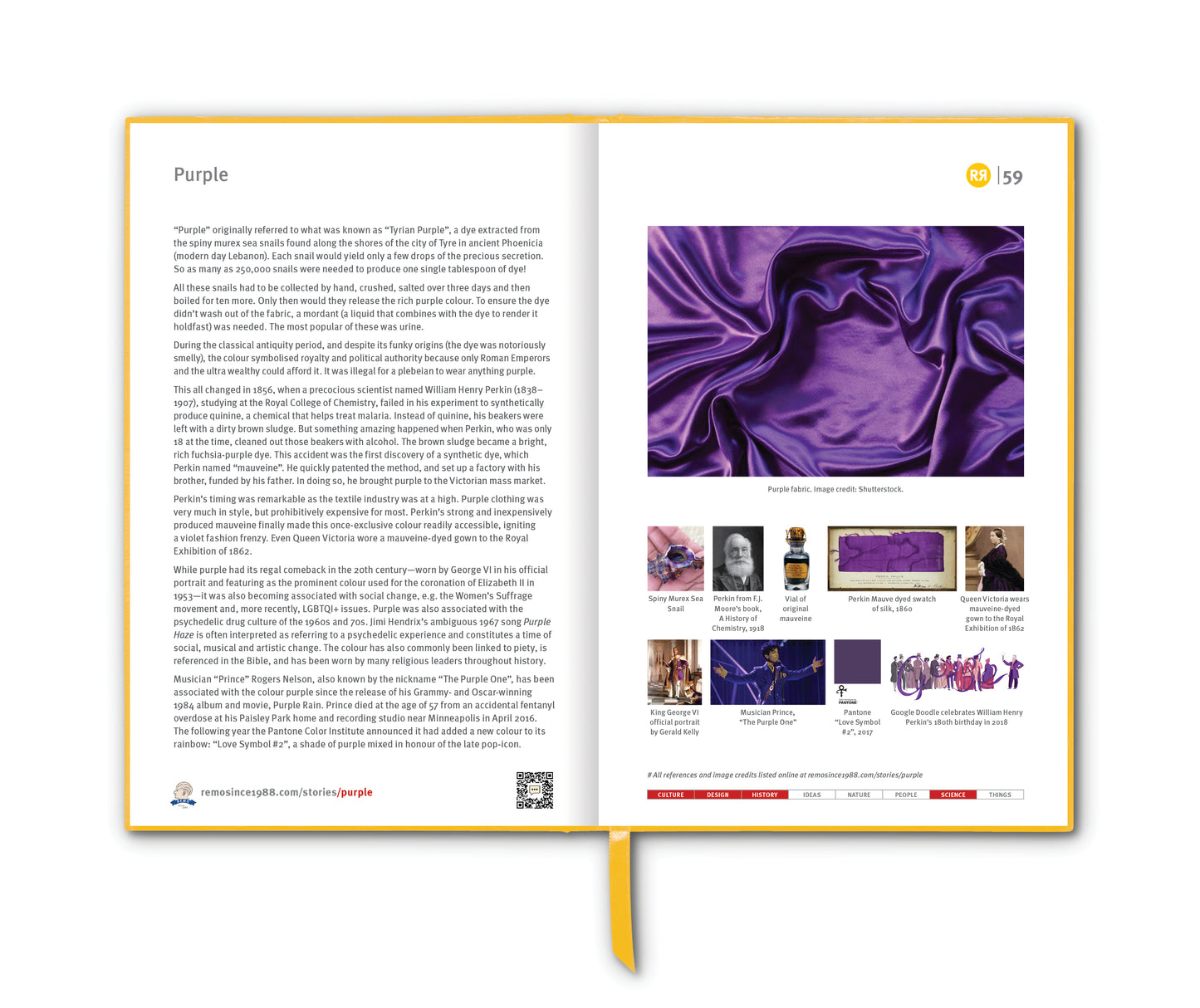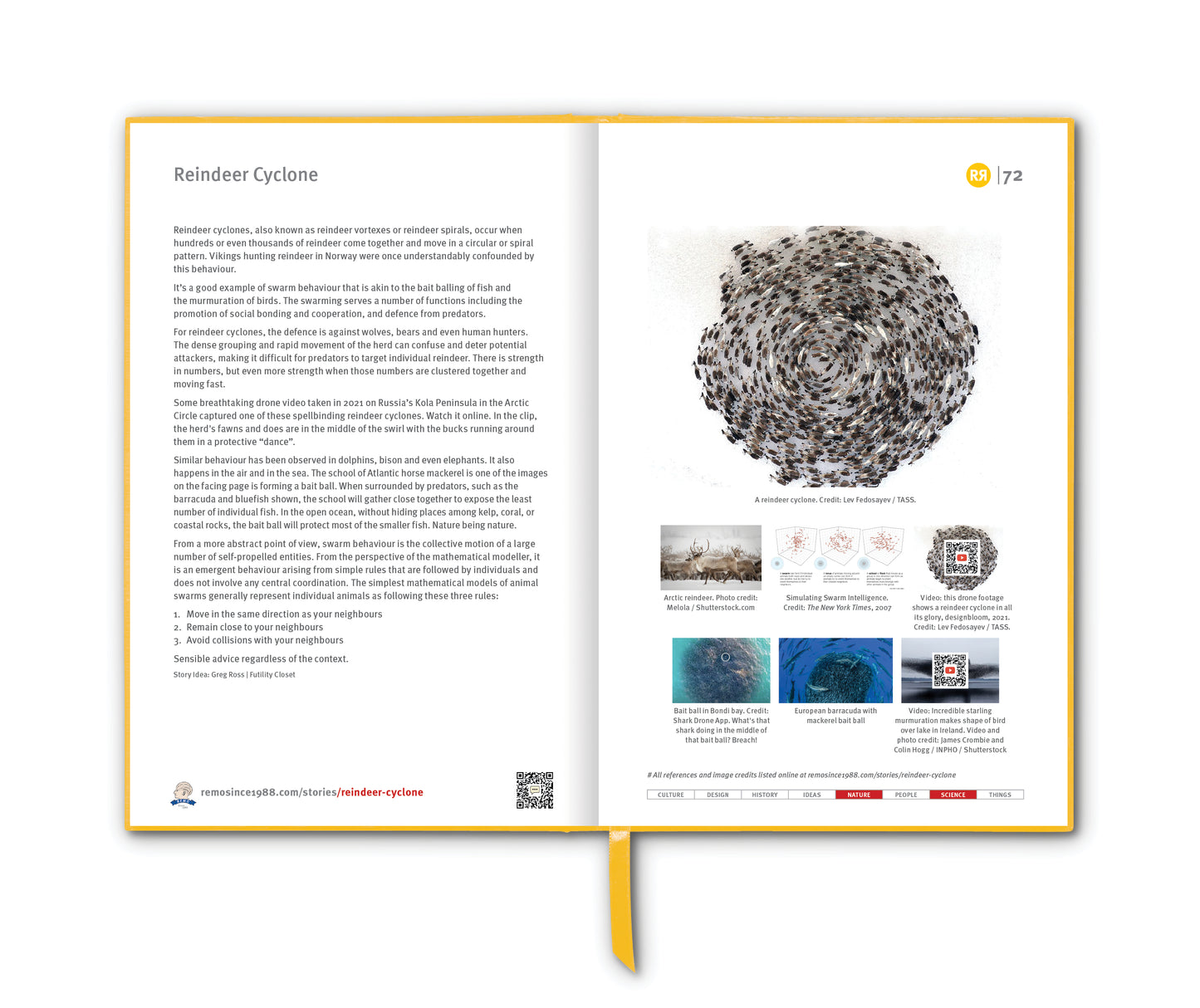Not all romantic ideas are worth spreading. Take for instance padlocks on bridges.
In 2014, The New York Times reported that the history of love locks on bridges dates back at least 100 years to a Serbian tale from World War I and the doomed love of a young schoolteacher and a soldier dispatched abroad. In this instance, the lock was attached to the bridge "Most Ljubavi" (literally the Bridge of Love) in the spa town of Vrnjačka Banja.
The practice has spread throughout Europe and, until not so long ago, the mother of all love lock bridges was Pont des Arts, a pedestrian bridge in Paris which crosses the River Seine, linking the Institut de France and the central square of the Palais du Louvre.
No one really knows for sure how the love lock thing got started on the Pont des Arts, but some reckon it had something to do with the 2007 release of an Italian film called Ho Voglia di Te (or "I Want You" in English). The hero “Step”, as a gesture of love towards “Gin”, attaches a padlock to the central lamp post of the Ponte Milvio, and then throws the key into the Tiber. L'amore!
Pont des Arts became super famous for its "love locks”, and in this case couples would attach padlocks to the bridge’s railings bearing their names and throw the keys into the Seine, symbolising their unbreakable love.
This practice became massively popular in the early 2010s, attracting padlock-wielding tourists from all over the world.
By 2012 the number of locks covering the Pont des Arts had become overwhelming, with locks being attached upon other locks. By 2014, concern was being expressed about the possible damage the weight of the locks was doing to the structure of the bridge. In May, the newly elected mayor, Anne Hidalgo, announced that she was tasking her First Deputy Mayor, Bruno Julliard, with finding alternatives to love locks in Paris. In June, part of the parapet on the bridge collapsed under the weight of all of the padlocks that had been attached to it. In August 2014, the Paris Mayor's Office began to say publicly that they wanted to encourage tourists to take "selfies" instead of leaving love locks, when they launched the "Love Without Locks" campaign and corresponding social media hashtag. The website stated: “Our bridges can no longer withstand your gestures of love. Set them free by declaring your love with #lovewithoutlocks”.
As of 2015, over a million locks had been added to the bridge, weighing approximately 45 tons. Enough already!
Today it is forbidden to put love locks on the Pont des Arts and glass panels have replaced the fence. Even so, the bridge remains one of the most romantic attractions in Paris and, as it happens, a great place for a picnic.
Moreover, there are any number of websites out there that offer a service whereby users can send others a virtual love lock that has been digitally attached to Pont des Arts and indeed lots of the other previously-victimised bridges around the world.
If a virtual padlock is not quite what you had in mind, why not write a love letter instead? Write it on paper, and it will surely last longer than any of those websites.
Story Idea: Gene van Grecken
__________________________
References
wikipedia.org/wiki/Pont_des_Arts
nytimes.com/2014/09/21/world/europe/paris-falls-out-of-love-with-the-padlocks-on-its-bridges
Images
1. Pont des Arts Love Locks. Photo credit: Marlene Awaad for The New York Times
2. Pont des Arts, Paris
3. Pont des Arts, Paris. Credit: Google Maps
4. Bridge of Love in Vrnjačka Banja
5. Poster for Ho Voglia di Te, 2007
6. Love locks on Pont des Arts
7. Pont des Arts Love locks. Photo credit: Berlinuno
8. Virtual Love Locks. Credit: eternallovelocks.com



